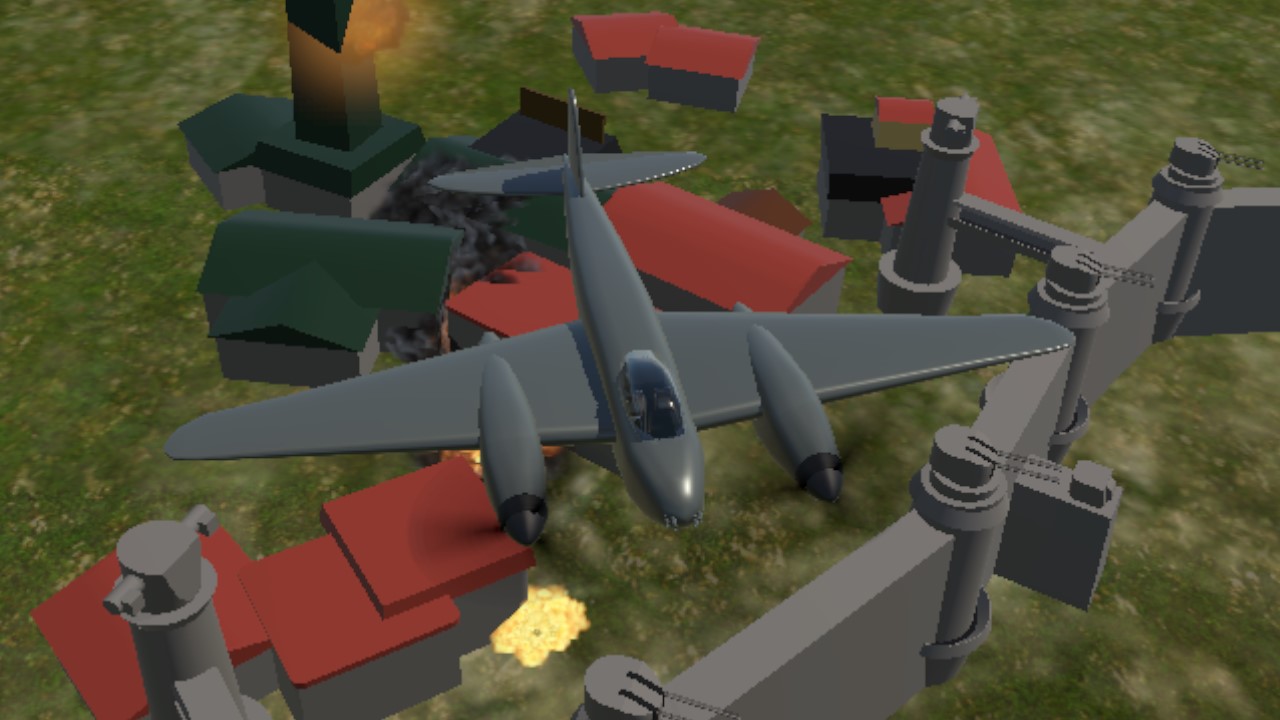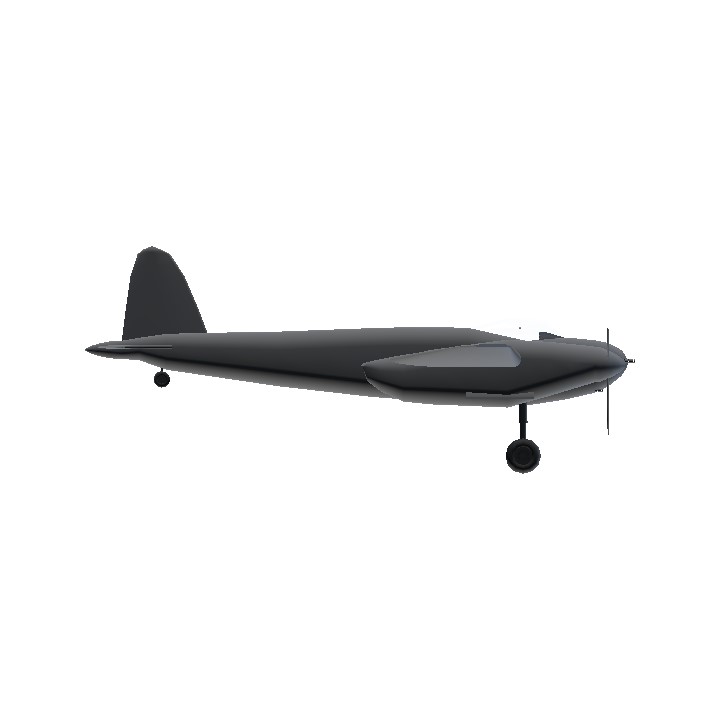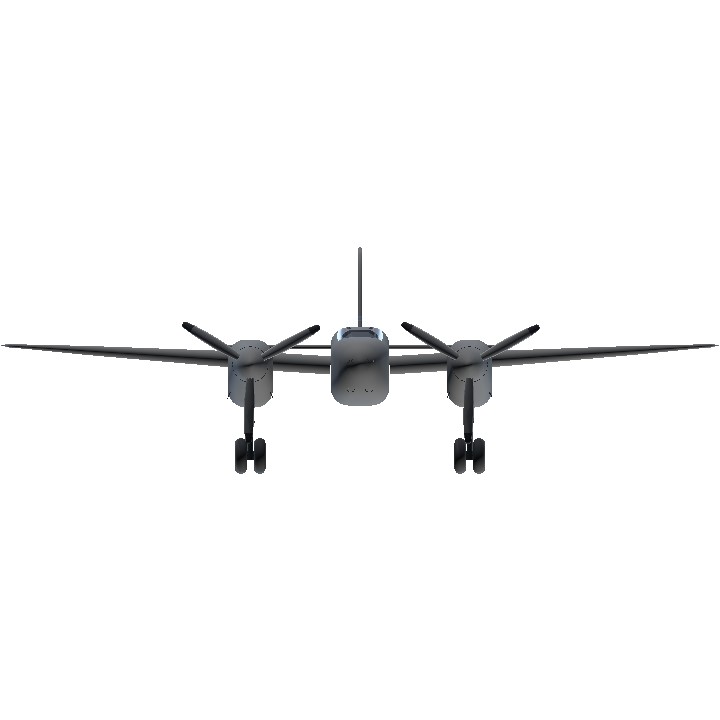
De Havilland Mosquito: The Wooden Wonder of WWII
The de Havilland Mosquito was a
versatile, twin-engine British aircraft used 7primarily during World War II. Known for its wooden construction, exceptional speed, and adaptability, it earned the nickname "The Wooden Wonder."
Key Features:
- First Flight: November 25, 1940.
- Role: It served in various roles, including as a fighter, bomber, reconnaissance plane, and night fighter.
- Construction: Unlike most aircraft of its time, the Mosquito's frame was made primarily of wood, which made it lighter and faster compared to its metal counterparts. This was a significant advantage during wartime production shortages.
- Speed: It was one of the fastest aircraft in the world at the time, capable of reaching speeds over 400 mph (640 km/h), which helped it evade enemy defenses.
- Armament: The Mosquito was highly adaptable, carrying various combinations of armaments, including bombs (up to 4,000 lbs), machine guns, and rockets, depending on the mission. In its fighter variant, it was equipped with machine guns or cannons.
- Crew: Typically, it had a crew of two—pilot and navigator/bomb aimer.
- Range: With a range of around 1,000 miles (1,600 km), the Mosquito was capable of striking deep into enemy territory, making it a formidable weapon in both strategic and tactical operations.
Roles and Success:
Bombing: The Mosquito played a key role in precision bombing raids, particularly at night. It was used effectively in missions against German targets, including factories, transport hubs, and even in the famous raid on the German ship Tirpitz.
Night Fighting: Equipped with radar, Mosquito night fighters were instrumental in countering the German Luftwaffe during nighttime air combat.
Reconnaissance: It was also used for high-altitude photo reconnaissance, providing valuable intelligence to Allied forces.
Special Operations: Its speed and versatility allowed it to be used for a variety of special operations, including dropping agents behind enemy lines.
Legacy:
The Mosquito was highly regarded for its versatility and performance, with over 7,700 units produced during the war. It was one of the most effective aircraft of World War II, and its design influenced post-war aviation. It remained in service in various countries long after the war ended. The Mosquito's combination of speed, firepower, and adaptability made it a legendary aircraft in military history.
Specifications
Spotlights
- This craft is curated
- SPTNR 3 months ago
- MosquitowithaMachineGun 2 months ago
General Characteristics
- Created On Android
- Wingspan 65.1ft (19.8m)
- Length 49.8ft (15.2m)
- Height 20.6ft (6.3m)
- Empty Weight 16,325lbs (7,405kg)
- Loaded Weight 22,519lbs (10,214kg)
Performance
- Horse Power/Weight Ratio 0.177
- Wing Loading 31.0lbs/ft2 (151.3kg/m2)
- Wing Area 726.8ft2 (67.5m2)
- Drag Points 6418
Parts
- Number of Parts 140
- Control Surfaces 7
- Performance Cost 1,016





@PhantomBoltSP amazing accuracy, you've hit the civilians only! :3
Andru gerison ?????
British mosquitos:
1: @MiGFOXHOUND31BSM26
2: @cooldude321
3: @spsidearm
4: @Eagleman101SP
Structure by @Monarchii
Apologies for boming your town, Chii